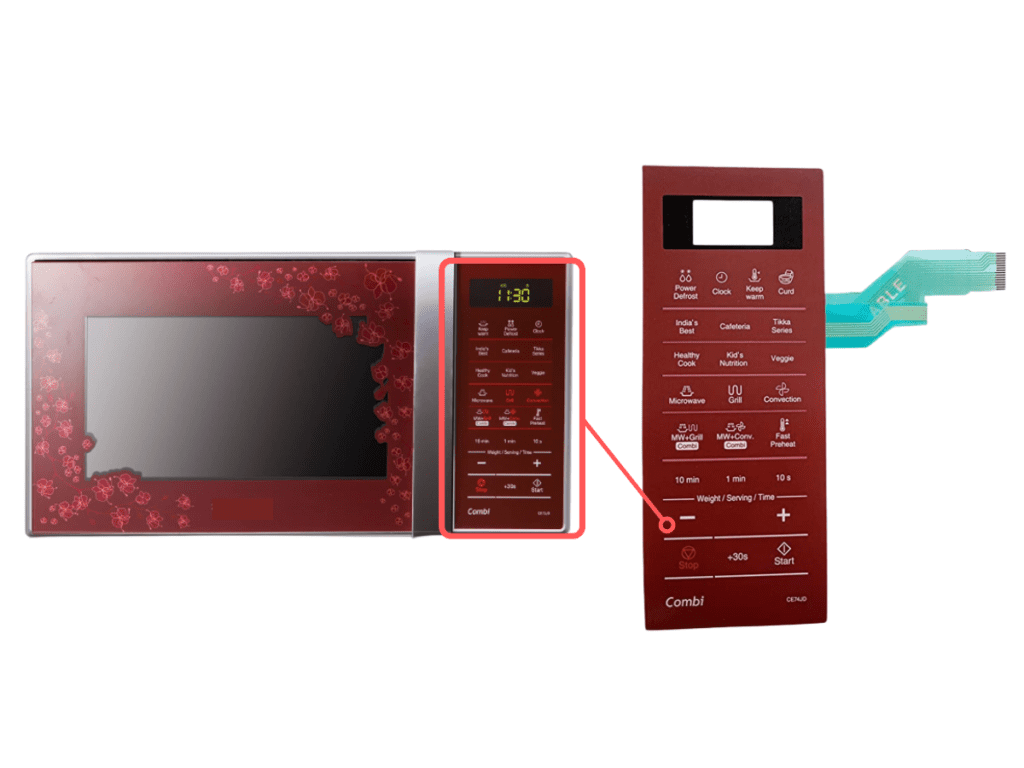
What are industrial HMIs?
The Industrial HMI can be described as a kind of human-machine interface (HMI) specifically designed for industrial use. Human-machine interfaces include the software and hardware components that facilitate the exchange of data between a human operator and an automated machine, in this instance an industrial system. It’s the main tool that industrial workers depend on to coordinate and control industrial and manufacturing processes, generally in a plant.
HMIs can also be described as a User Interface (UI) also known as a man-machine-interface (MMI) and Operator Interface Terminal (OIT). In lay man’s words, they are also referred to as operator panel and operator terminal. In essence, it’s an operation dashboard that lets users monitor the operation of an equipment or device, and generally, provide feedback to the operator regarding efficiency, active functions, as well as other metrics. As the trend towards industrial automation continues to expand as, properly-designed HMIs become increasingly important to the success of operations.
Check our corporate video to get a glimpse of our cutting-edge manufacturing setup dedicated to Input devices or HMIs: https://youtu.be/-QJYwQvOFT4
How Industrial HMIs Work
Industrial HMIs range from simple to sophisticated and complicated systems. The precise function of an interface is different from device to device and machines to machines, and is based heavily on the purpose of the machine and which controls are required to control operations. HMIs can be found in a range of styles, such as:
- Membrane Switches and Keypads
- Metal Keyboards and keypads
- Capacitive Touch buttons
- Silicone Rubber Keypads
- Touch display screens

Touch-screen options including buttons, switches and buttons and keypads allow operators to input data and take action. HMIs can also transmit information to the operator via indicators (typically used to indicate whether an appliance is running or when certain functions are operating) in addition to numerous different options, such as dashboards with complex gauges that show precise usage statistics. A computer interface is simply a connection between the operator and machine, which relays inputs and outputs between them to enable operators to interact with and control equipment.
Examples and Uses for Industrial HMIs
HMIs may be standalone terminals for one machine, or distributed for extensive, more complex applications. In industrial settings, they’re usually utilized for process and machine control, linking machines as well as sensors and actuators on the floor to various systems, including I/O as well as PLC applications. HMIs that transfer data to cloud systems or enterprise systems enable to combine data from hundreds of machines in order to facilitate central monitoring and control of the entire operation of a plant.
In the factory shop floor, HMIs can provide important information that allows operators to maximize efficiency, for example, relocating employees to accommodate slower production in another part of the factory or fine-tuning machine settings in order to solve problems to boost performance. HMIs could be located placed on the device or machine itself, or in the form of a handheld, portable device or in the central control room.
Human-machine interfaces are utilized for numerous applications in automotive, manufacturing as well as other industries for example:
- Food processing
- Manufacturing of pharmaceuticals
- Oil and gas
- Mining operations
- SCADA systems
- Applications of robotics
- Transportation
And many more.

A majority of people utilize HMIs often in everyday life however; they might not realize that whenever they change the temperature control in their cars or program their microwaves using keypads, they’re using a human-machine interface that interacts with their appliances and cars. In industrial settings, HMIs are often more robust and sophisticated interfaces that can handle the quantity and complexity of outputs and inputs needed to run factories or machinery.
Best Practices for Industrial HMI Design
Industrial HMIs are vital for modern industrial processes. But the real value depend on their usability and efficiency in design. The creation of a HMI is a difficult process that requires thorough analysis of the specifications, requirements and the entire information.
A well-designed HMI design can provide feasible solutions to many issues like:
- HMIs should sustain working environment factors like dust, fluid spill and even abusive or harsh use. HMIs, if damaged could shut down entire machine and hamper production costs.
- Are there any regulatory standards that we should follow? A lot of industries must adhere to the government regulations that can restrict the design choices.
- What kind of auditory, visual, and tactile feedback is most likely to help operators to control the machine?
- What are the input requirements of users? With more complicated interfaces usability could become a problem.
- Does the system need the capability to connect with other systems, machines as well as central controls?
- What is the expected life span of the HMI? HMIs need to be constructed to last millions of cycles. HMIs aren’t always simple to replace as a separate component. If it is possible, it’s typically expensive.
Industrial HMI design follows the model of the consumer electronics, because users are accustomed to electronic devices that are used in homes and offices. The primary responsibility of the engineer or designer who designs interfaces is to ensure that they balance functionality requirements with the user-friendliness. In the case of the consumer electronic market, a badly created HMI can be a hassle to the user and may adversely affect adoption or market share. In industrial HMI design, if the interface is not well-designed, it could result in unfavorable operating consequences, errors and miscalculations, which can have devastating consequences on safety and performance.
Linepro is a professional manufacturer and designer of HMIs like membrane keypads and switches, capacitive touch sense panels, metal keyboards and silicon keypads for 30 years. Over the period of 3 decades, Linepro has worked on HMI projects from every industry possible. We have gained high experience and have know-how to address critical issues to facilitate best quality and performance in specified working condition. Share your project details with us to experience the best of HMIs.

